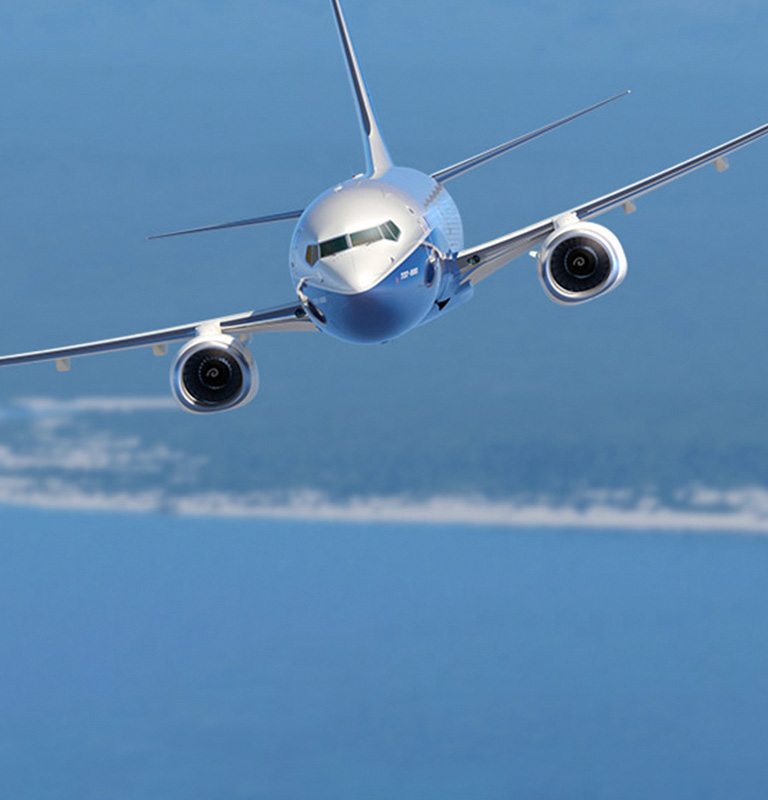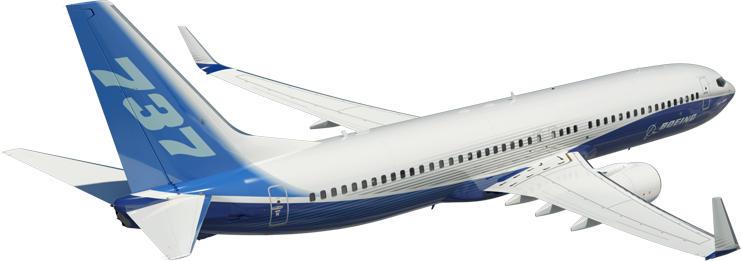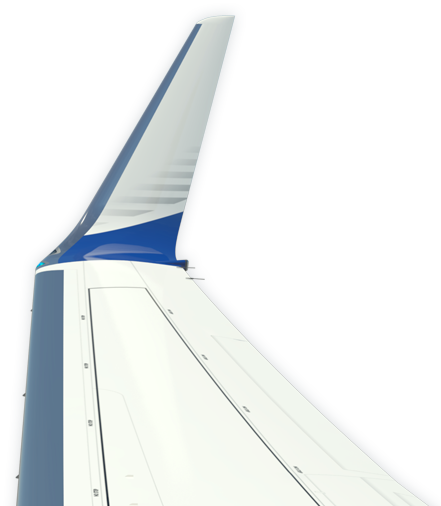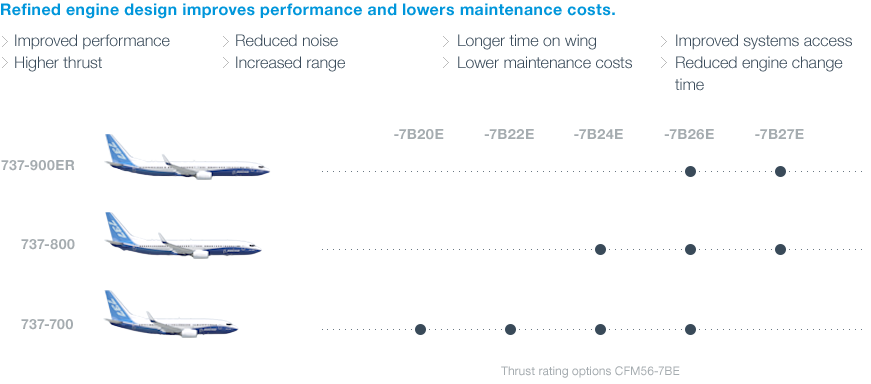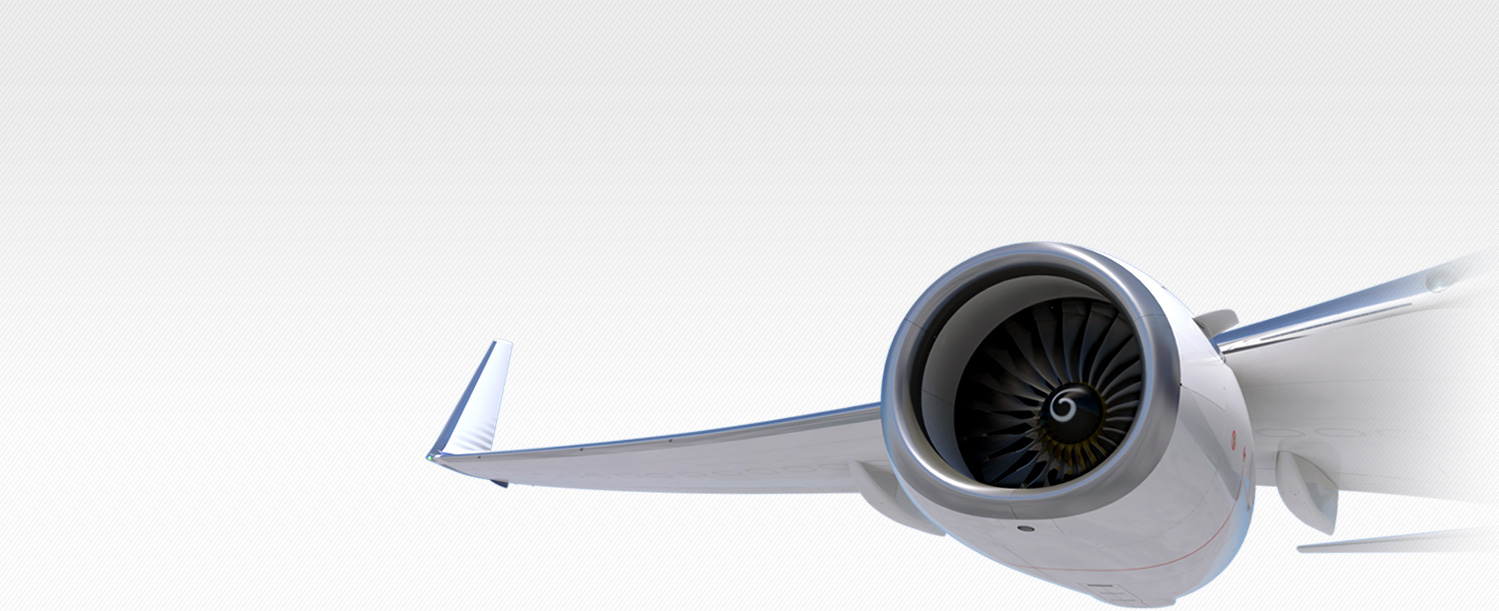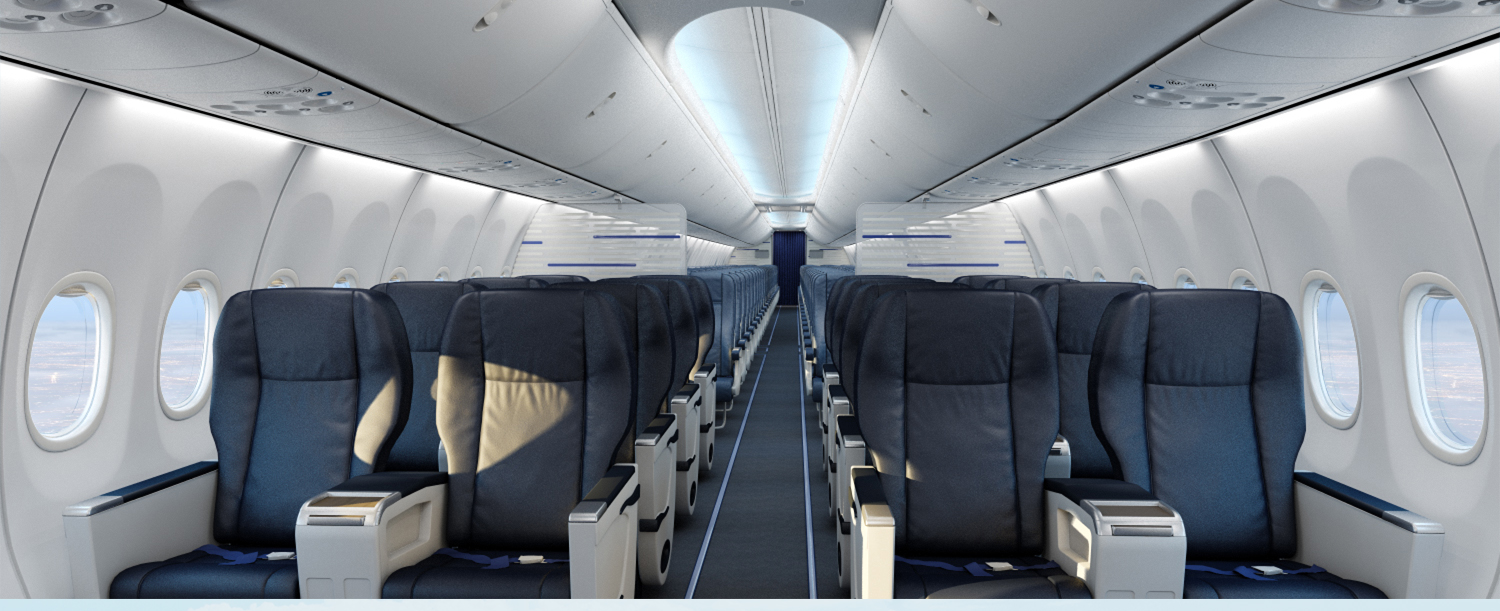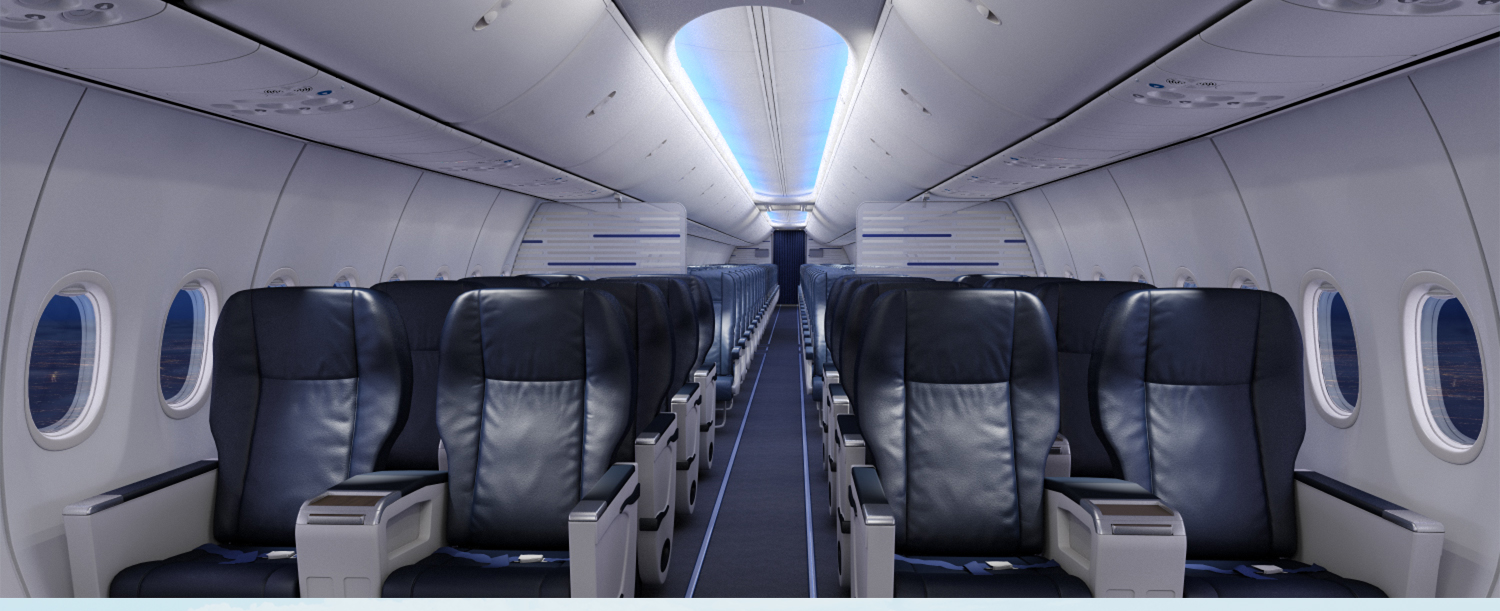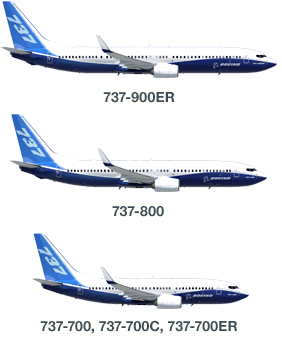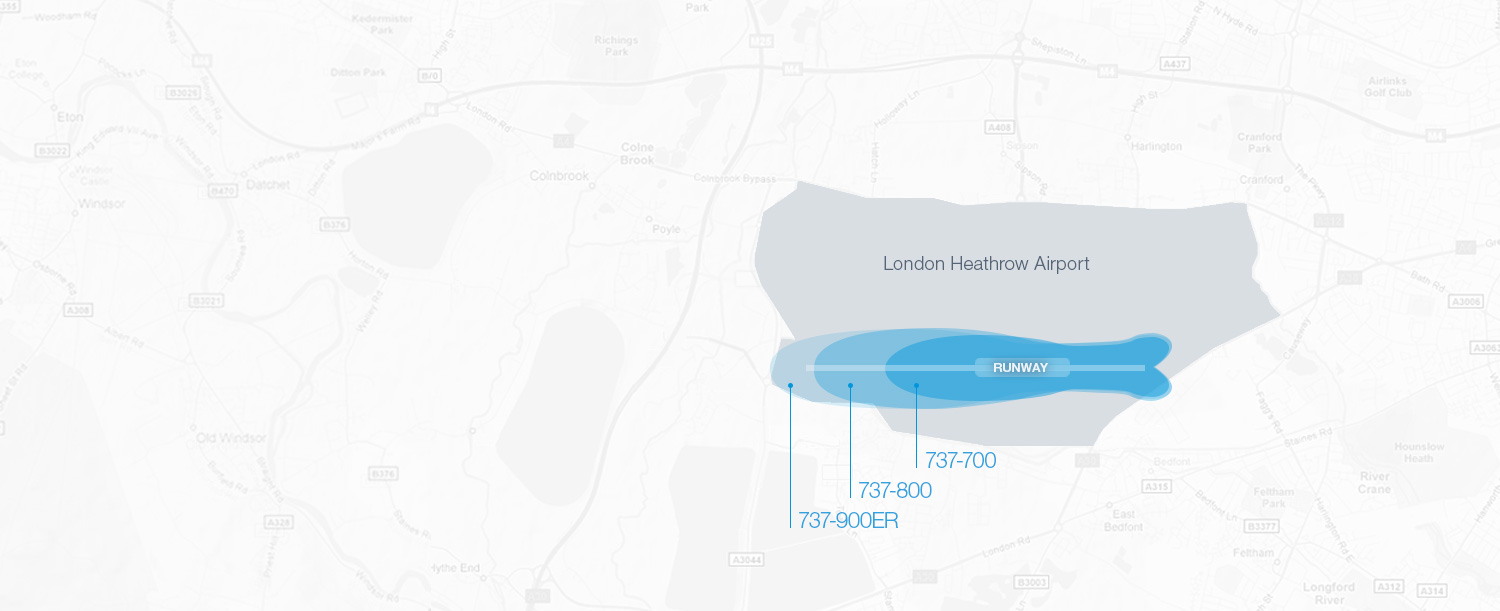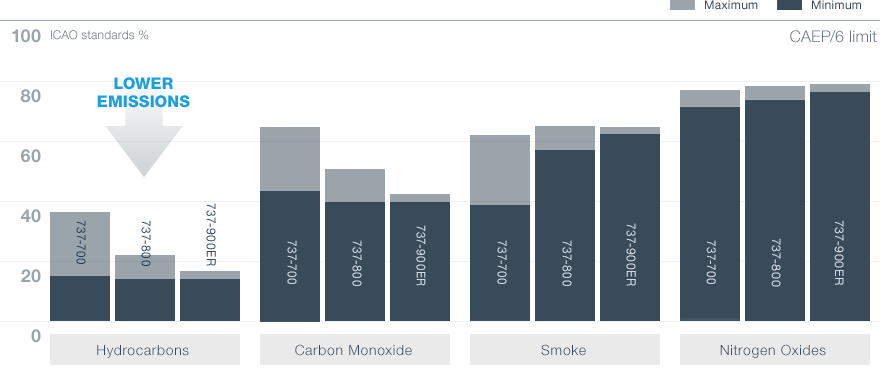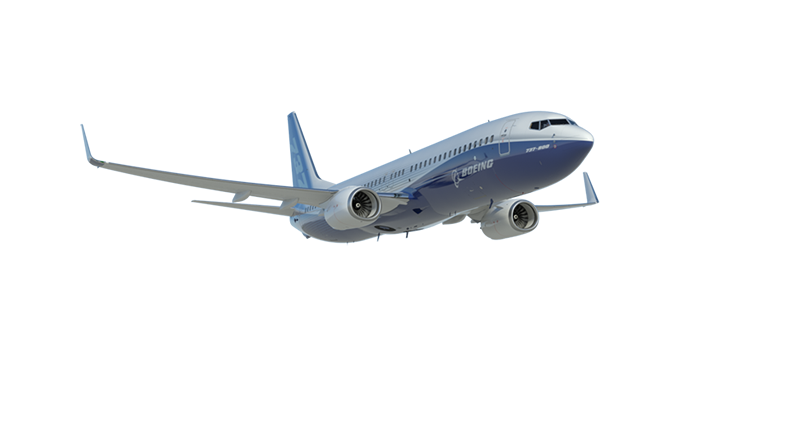Digital design and manufacturing
The 737NG is the first family of single-aisle jetliners designed concurrently using 100 percent 3D digital design and manufacturing technology. Concurrent design ensured that all 737NG models enjoy maximum commonality and share the benefits of our ongoing technology and performance improvement program.
Greater operational flexibility
Advanced navigation and situational awareness technologies gives the 737NG access to routes and approaches unavailable to less advanced aircraft. Improved takeoff and landing performance even at high elevations and on short runways provides operators greater flexibility.
Enhanced passenger experience
Passengers appreciate more room for carry-on items in bigger overhead bins. Optional features such as the latest in-flight entertainment systems, allows airlines to deliver information, customized programming, and revenue-generating content to every seat.
Reduced maintenance and improved environmental performance
Engine technology improvements, blended winglets and carbon brakes are among the enhancements that reduce maintenance and improve the environmental performance of the 737NG.

